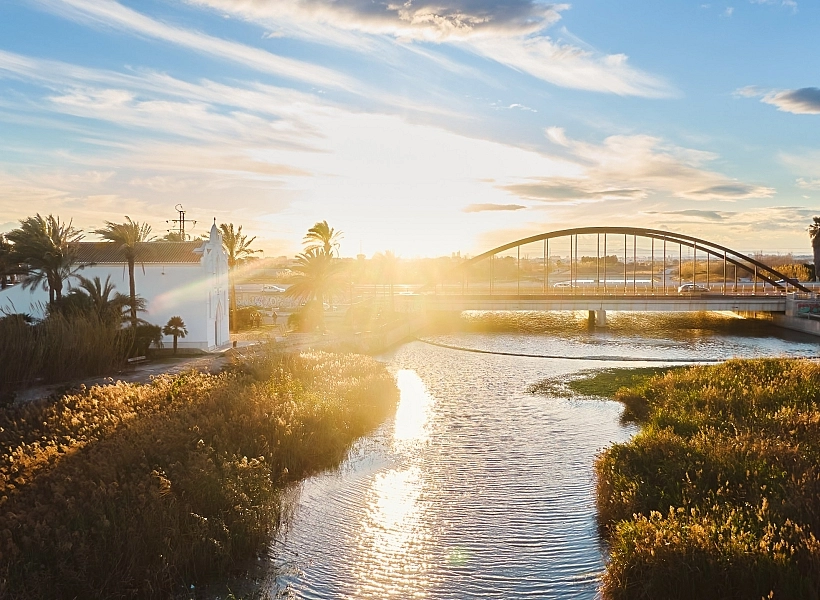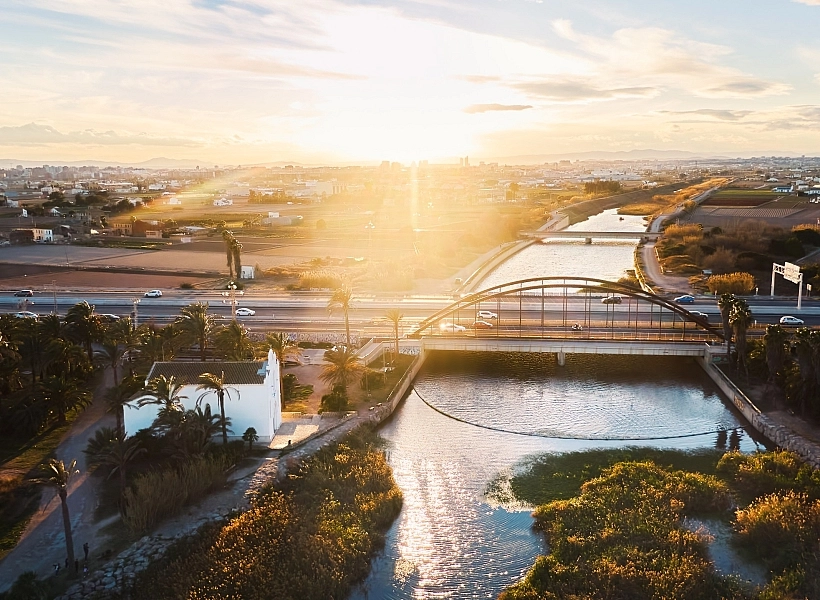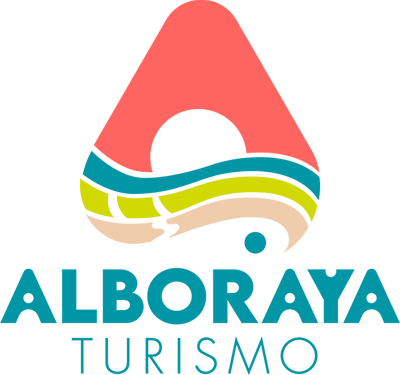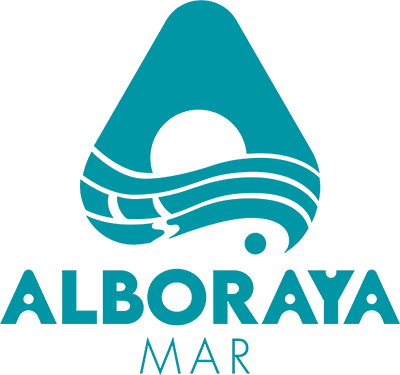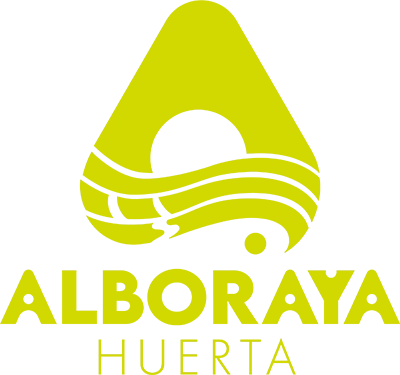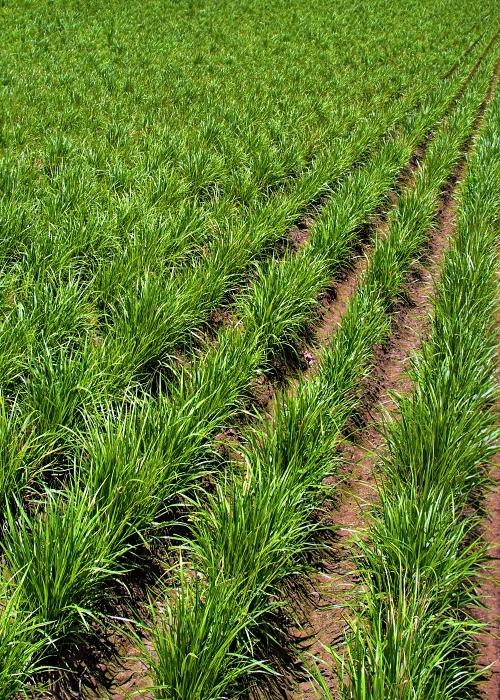
The farmlands & the tiger nut
The defining feature of Alboraya’s landscape is its farmlands, a rich agricultural area that stretches across the entire municipality. Its fertile soil, Mediterranean climate, and advanced irrigation system, combined with the hard work of local farmers, have made it possible to cultivate these lands continuously for centuries. It’s their dedication that has shaped this ever-changing, colorful tapestry that delights the senses year-round.
Beyond its visual beauty, the farmlands also awaken your sense of smell, surprising visitors with unexpected bursts of natural aromas carried by the breeze
Alboraya’s farmlands sit on a deltaic floodplain, shaped over time by sediment deposits from the Turia River and the Carraixet Ravine. However, it was human ingenuity that transformed this land into one of the most productive and symbolic agricultural areas in Valencia. Over centuries, farmers expanded the fields, built drainage systems, carved irrigation channels, and experimented with different crops, shaping the farmlands into what we see today. One of the most distinctive crops in Alboraya is the tiger nut (chufa), introduced by Muslim farmers in the Middle Ages. This humble tuber not only defines the landscape of L’Horta Nord, but it also serves as the key ingredient for horchata, the region’s most famous traditional drink. While tiger nut cultivation dominates the fields, it is often alternated with other seasonal crops such as: early potatoes, artichokes, cabbage, lettuce, “babosa” onions, turnips, parsnips and carrots
The Cultivation of Tiger Nuts
In summer, the farmlands of Alboraya are blanketed in an intense green as the tiger nut fields reach their peak splendor. The plant’s long, slender leaves ripple in the wind, evoking a sea of green. Beneath the soil, small tubers form at the tips of the plant’s roots—these are tiger nuts, from which a delicious drink known as horchata is made.
Sandy soils, abundant water, and a mild climate make Alboraya the perfect place to cultivate this unique tuber. In recognition of its quality and tradition, the Chufa de Valencia earned its Protected Designation of Origin (PDO) status from the European Union in 1999.
The Irrigation System
One of the defining features of l’Horta d’Alboraia is its irrigation network, an essential part of the landscape. The Séquia de Rascanya is the main irrigation canal that provides water to the fields of Alboraya.
Today, the Séquia de Rascanya draws its water from the Assut del Repartiment, commonly known as La Cassola, a historical weir that helps distribute water for agriculture in Alboraya. However, historically, it had its own dam further downstream, which was destroyed in the 1957 flood.
At the Molí de Canyars, a mill in Tavernes Blanques, the canal splits into two branches: one of them is the “Braç d'Alboraia”, which flows southeast through Tavernes Blanques before surfacing again, running parallel to the Barranc del Carraixet, and irrigating the Els Desamparats farmland until it reaches the Miracle-Gaiato channels.
The other one is the “Braç del Gaiato”, which continues northward, crossing the Barranc del Carraixet via a siphon, supplying water to the fields of Almàssera and the northern part of Alboraya.
Meanwhile, the “Braç del Miracle” and its branches irrigate the land between the Barranc del Carraixet and the Séquia de la Mar, extending all the way to Alboraya’s coastline.
Beyond shaping the agricultural landscape of Alboraia Orchard, the Séquia de Rascanya is also home to important hydraulic heritage sites, with water dividers, irrigation channels, and four traditional flour mills scattered along its course.
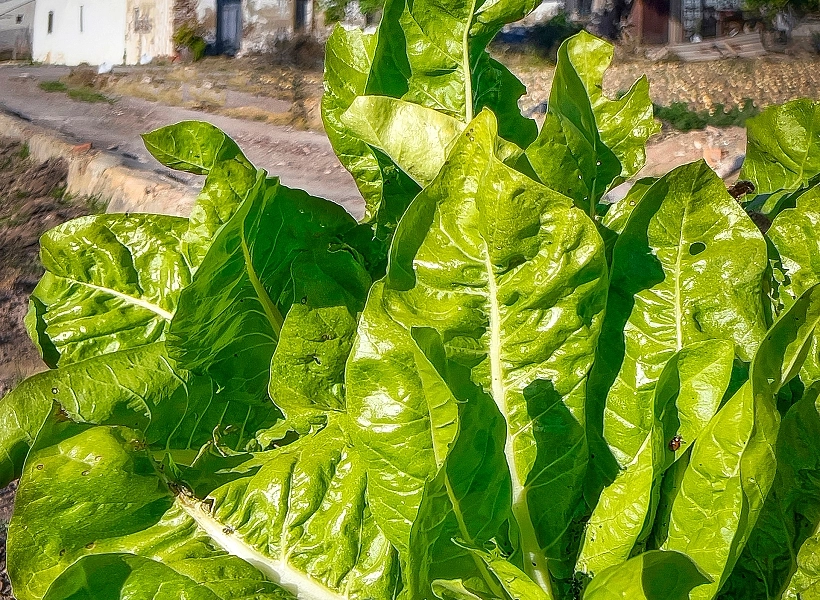
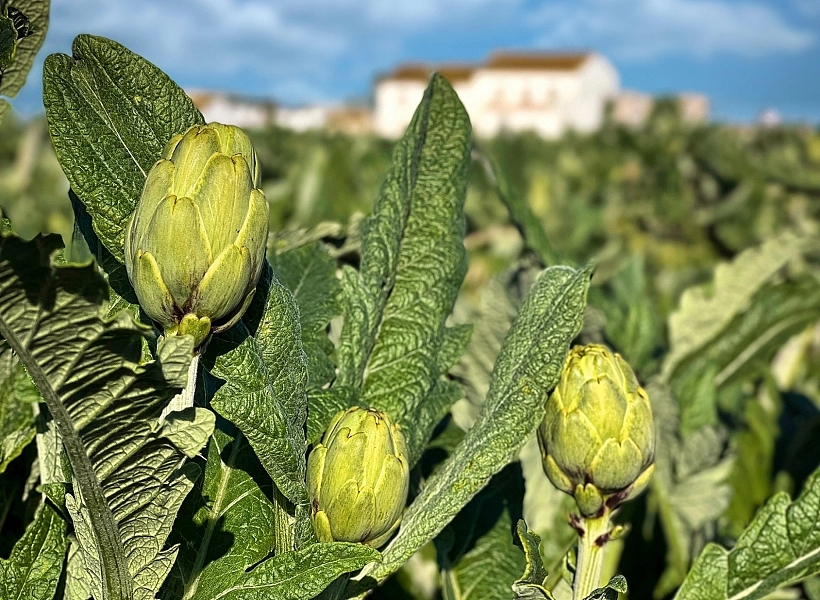
World Agricutural Heritage
The SIPAM designation was created by the Food and Agriculture Organization (FAO) of the United Nations in 2002 to promote and ensure the future of traditional agricultural systems. These systems have shaped breathtaking landscapes while blending agricultural biodiversity, resilient ecosystems, and valuable cultural heritage. In November 2019, the FAO recognized the "Historical Irrigation System of l’Horta de València" as a Globally Important Agricultural Heritage System (GIAHS / SIPAM). With this designation, Spain became the first country in Europe to receive four SIPAM recognitions, highlighting its leadership in preserving agricultural heritage.
The Horta of València meets all the criteria for a SIPAM, offering a unique connection between rural and urban environments. Its productive system integrates centuries-old agricultural and hydraulic traditions, dating back to the Arab rule in the region, shaping a one-of-a-kind landscape.
The irrigation network extends across the peri-urban agricultural area surrounding València and its northern (including Alboraya), western, and southern metropolitan municipalities. This distinctive landscape—featuring cultivated fields, water channels, rural paths, and traditional buildings (such as barracas and alquerías)—relies on an irrigation system composed of the Royal Canal of Moncada, the Turia Canal, and all the hydraulic channels (acequias) managed by the Tribunal de les Aigües. This gravity-fed irrigation method distributes water to farmers following a sequential flow system, ensuring a fair and efficient use of resources from the upper to the lower sections of the network.
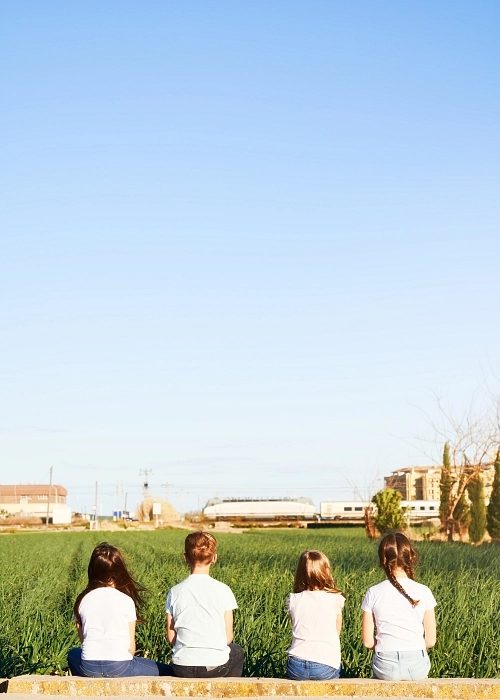
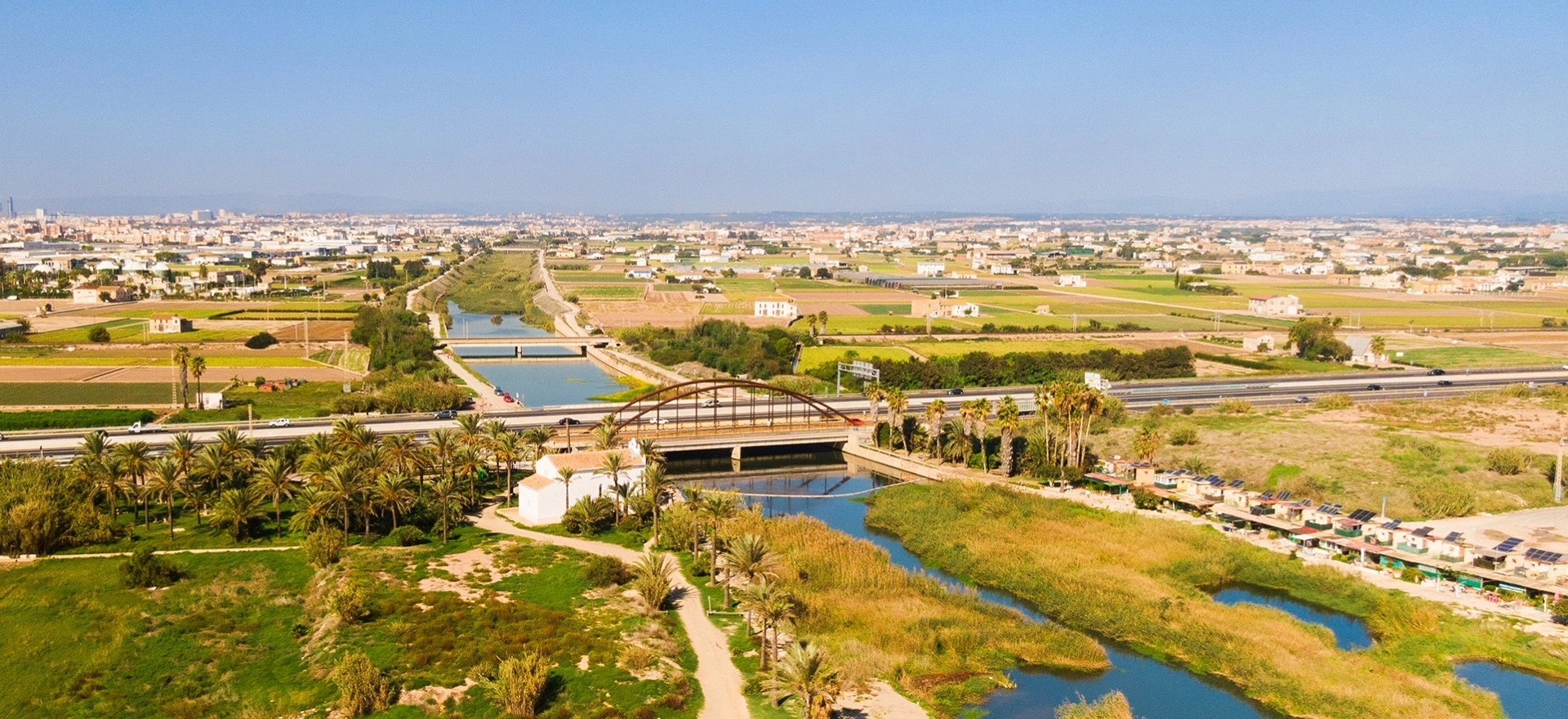
Barranco del Carraixet (or Carraixet Ravine):
An Oasis of Flora and Fauna
The Carraixet Ravine is the perfect excuse for a family-friendly nature walk, offering a glimpse into the agricultural landscape of our region.
This seasonal watercourse flows through several towns in the l’Horta Nord region before reaching its final destination in Alboraya. If you’re wondering where the Carraixet Ravine originates, the answer lies in the Sierra Calderona. Beginning in the municipality of Gátova, the river travels 42 kilometers, passing through towns like Olocau, Náquera, Bétera, and Moncada, among others. Its flow is not constant; some sections remain dry, and its water levels depend on rainfall.
If you love nature tourism and are looking for a scenic walking route, the Barranco del Carraixet is just for you! In Alboraya, you can explore the final stretch of the ravine, starting at the bridge that crosses it and following the right bank all the way to its mouth.
Along the way, you’ll discover the rich ecosystem of the Carraixet Ravine, teeming with life! The area is home to aquatic birds, some of which nest and breed here year-round, while others use it as a resting stop during migration. The diverse flora includes reeds, cattails, duckweed and other aquatic.
Halfway through the route, you´ll come across one of the region’s most emblematic structures - an authentic barraca, a traditional farmhouse. The Barraca del Coix de Navarro gives you a glimpse into the past, showing how farmers once lived, dedicating themselves entirely to the fields they cultivated. Other historical buildings along the route include Cal Calderer and Barraca del Roto, architectural treasures that reflect the rich heritage of the region and are well worth preserving.
At the end of the trail, you’ll witness a time-honored tradition - fishing in the Carraixet Ravine. The ravine’s mouth naturally divides Alboraya’s beaches, with Port Saplaya on one side and Patacona on the other. Here, local fishermen cast their lines in hopes of a good catch—why not give it a try yourself? Take the whole family on a walk through Carraixet and immerse yourself in the natural heritage of l’Horta Nord.
The soothing sound of the flowing water, the lush vegetation, and the abundant wildlife make this walk truly special. Some aquatic birds call this place home year-round, while others pass through during migration. And finally, your journey leads to a place of miracle and legend—the Ermita de Els Peixets. Built in 1907, this charming hermitage commemorates the Eucharistic Miracle that took place right here spot, adding yet another layer of magic to your visit.
